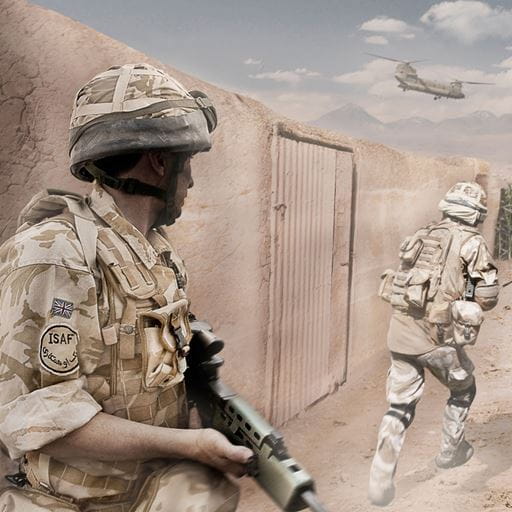Insight: Defending rights in conflict
Human rights lawyers have provided a crucial tool to help the international community understand the rules of war.
-
Tagged under
Economy, business, politics and society
Global perspectives and challenges
Human Rights
-
Lead Academic
Dr Daragh Murray

Syria’s protracted civil war, which has drawn in Russia and western allies, has had devastating consequences for the civilian population, while lawyers in the UK are embroiled in investigations into alleged military abuses by British servicemen during the Iraq war.
How should rights be protected in armed conflict situations, and who is accountable when those rights are abused? These are questions explored by our human rights experts who have played a crucial role in helping the international community make sense of this complex area of the law.
A guide for the armed forces
Published in 2016, the Practitioners’ Guide to Human Rights Law in Armed Conflicts the first comprehensive, practical guide to when and how human rights law should be applied during conflict.
It’s a crucial tool helping armed forces understand how to act within the law and uphold their integrity and professionalism.
The book gives an overview of the complexities of human rights law and its relationship with the law of armed conflict. It also provides detailed guidance on how the law applies to a range of specific situations including hostilities and targeting, weapons, prisoners of war and detention, occupation, and cyber operations.
"I doubt whether there is a more fast-moving or important area of the law than that which the authors of this book have tackled,” said Lord Philipps, former President of the Supreme Court.
"I doubt whether there is a more fast-moving or important area of the law than that which the authors of this book have tackled.”
What it clarifies
Key issues of contention explored and explained include:
- The distinction between ‘active hostilities’ and ‘security operations’, crucial to understanding when the law of armed conflict or human rights law should provide the primary point of reference during military operations.
- When and on what grounds enemy prisoners can be detained and transferred across borders.
- The use of force by occupying forces.
- Laws applicable to forces involved in stop and search activities at sea.
- How international organisations such as NATO can work together more effectively to ensure legal consistency.
Who it's for
As well as serving indirectly as a guide to forces in the field, the Practitioners’ Guide to Human Rights Law provides guidance for:
- Military lawyers
- Government officials
- Non-governmental organisations
- Judges
- Human rights practitioners
The project
Written by Dr Daragh Murray of Essex’s Human Rights Centre, in close collaboration with five consultant authors, three of whom are from Essex, the book is the outcome of a series of expert meetings, chaired between 2014 and 2016 by Elizabeth Wilmshurst, a Fellow at Chatham House.
Research Team



